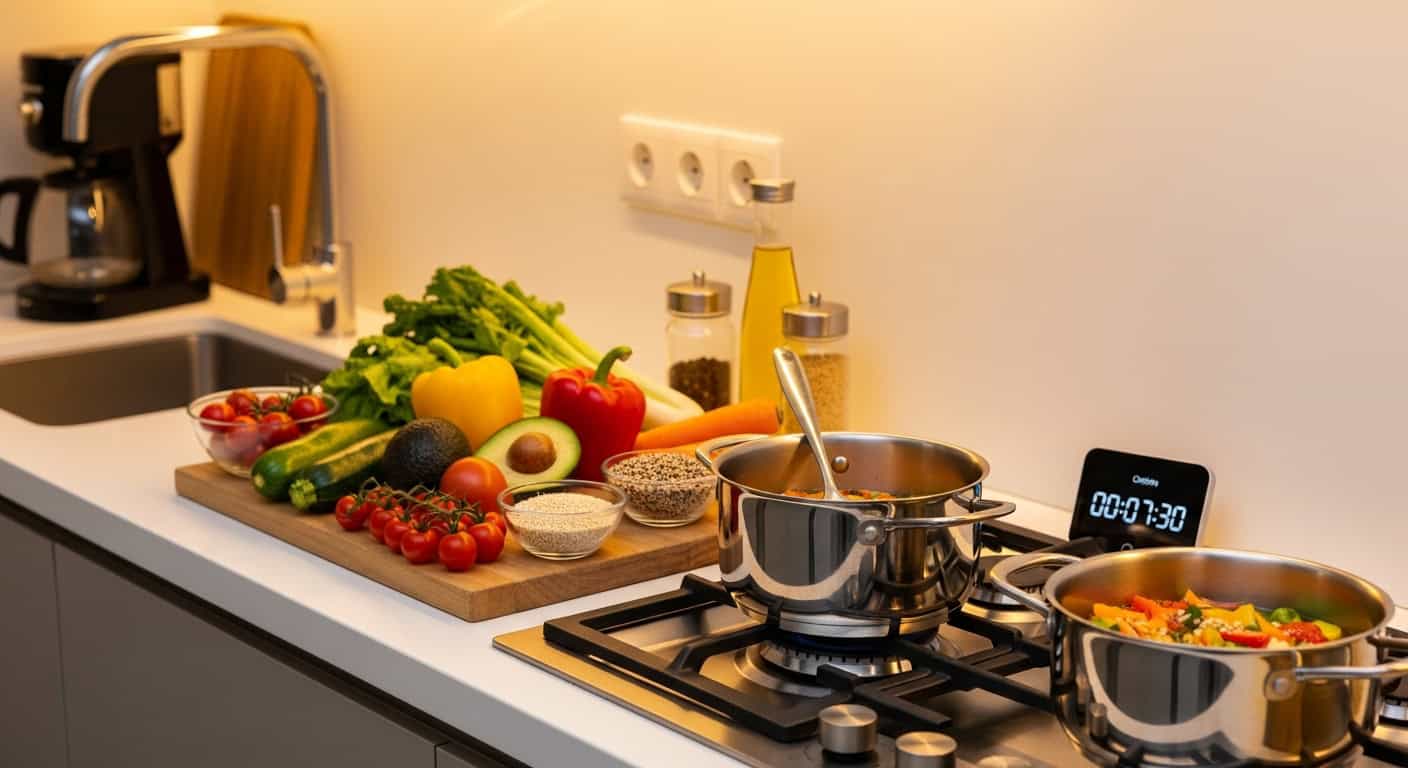12 Car Cleaning Hacks Every Driver Should Know
Everyday commutes and long road trips can quickly turn any vehicle into a cluttered, grimy space. Fortunately, keeping your car sparkling clean doesn’t require expensive detailing or endless hours at the wash. Creative cleaning hacks can save you time, money, and effort—all while making your car feel fresh and inviting. Discover practical, easy-to-implement tricks that transform the way you maintain your ride, using simple household items and smart techniques inspired by car care experts. Explore more tips from trusted sources like Family Handyman and Car and Driver.
1. Use a Toothbrush for Interior Detailing
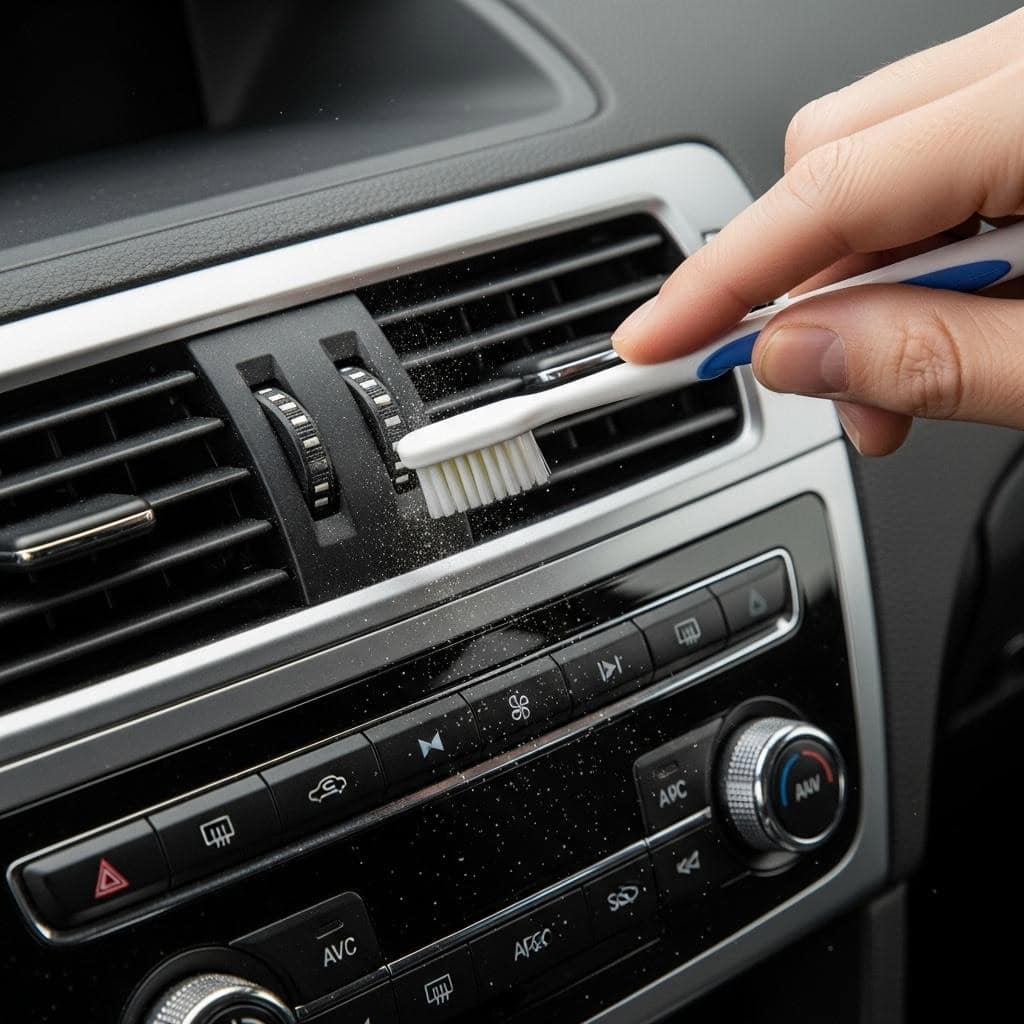
A soft-bristled toothbrush is perfect for getting into tight spaces, such as air vents, seams, and buttons. Unlike bulky brushes, toothbrushes can dislodge dust and grime from small crevices where traditional cleaning tools fall short. For stubborn spots, dampen the bristles slightly or use a gentle cleaner. This is a technique professional detailers often recommend for intricate parts of the dashboard or around gear shifts. Discover more about the benefits of using fine detailing tools at Popular Mechanics.
2. Baking Soda for Odor Removal
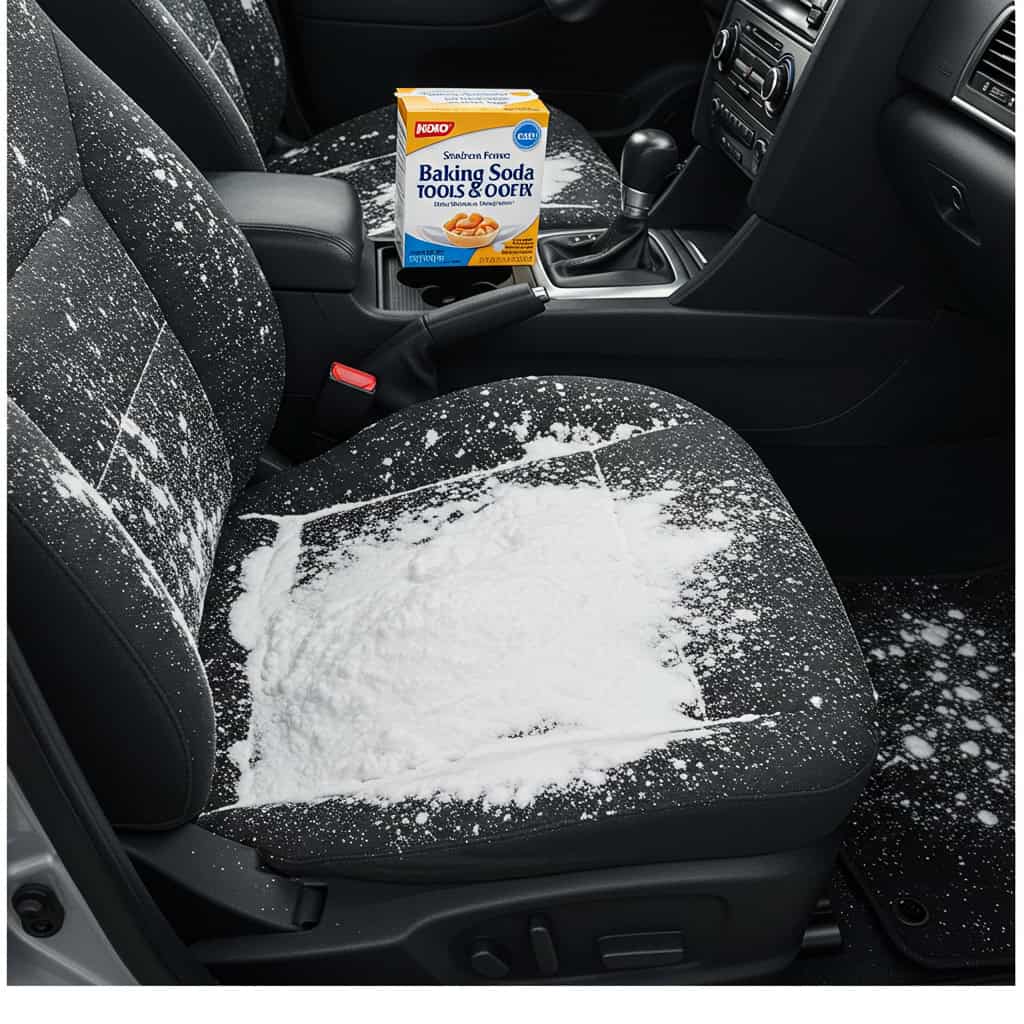
Baking soda is a natural deodorizer that absorbs unwanted smells from upholstery and carpets. Sprinkle it liberally over seats and floor mats, let it sit for 15-30 minutes, and then vacuum thoroughly. This hack neutralizes lingering odors from food, pets, or smoke without harsh chemicals. As an affordable and widely available solution, it’s a safer alternative to commercial air fresheners. To learn more about the science behind baking soda’s odor-fighting powers, visit Healthline.
3. Microfiber Cloths for a Streak-Free Shine
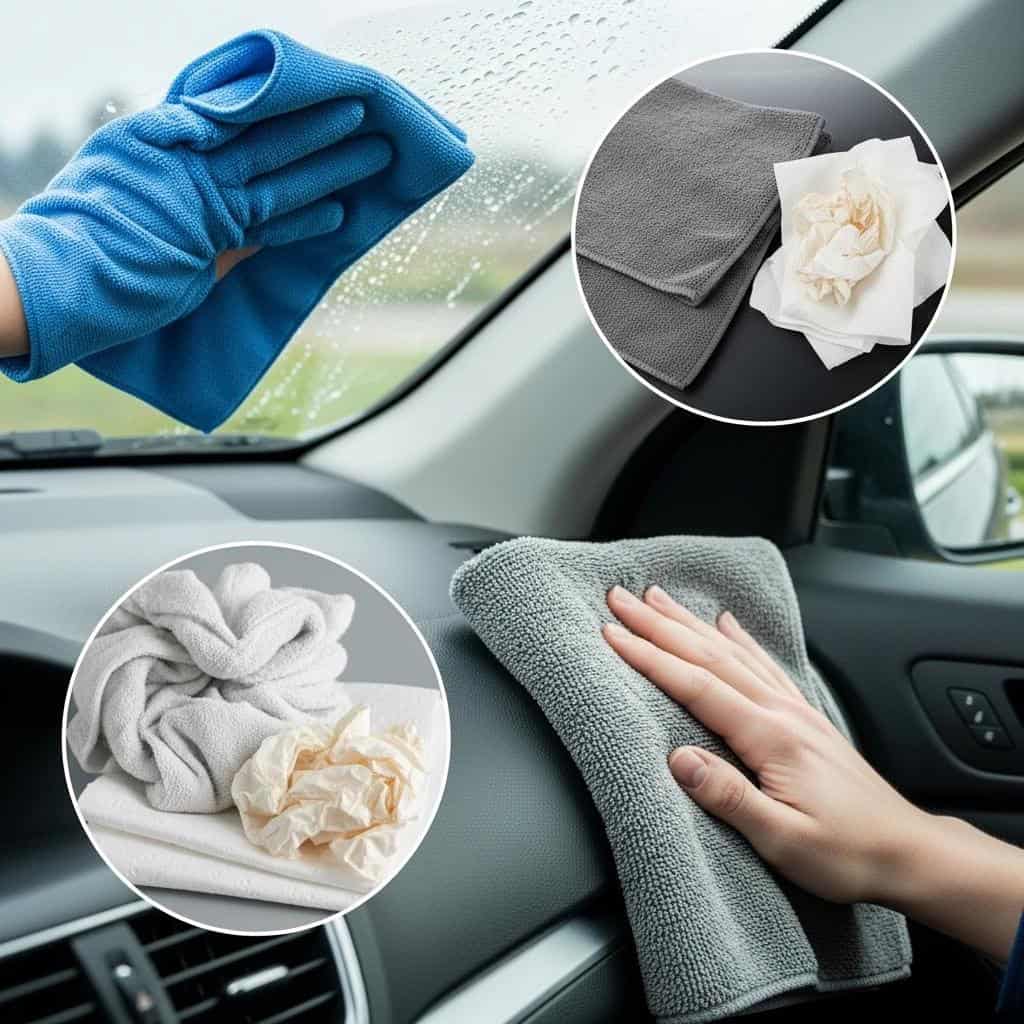
Microfiber cloths outperform regular rags by trapping dust and absorbing water efficiently, leaving surfaces streak-free. They’re ideal for wiping mirrors, windows, and digital screens without scratching. Compared to paper towels, microfiber is reusable and more environmentally friendly. For best results, use separate cloths for glass and interior surfaces. Experts from Consumer Reports recommend microfiber for professional-grade results at home, making it an essential tool for any car cleaning routine.
4. Toothpaste to Brighten Headlights
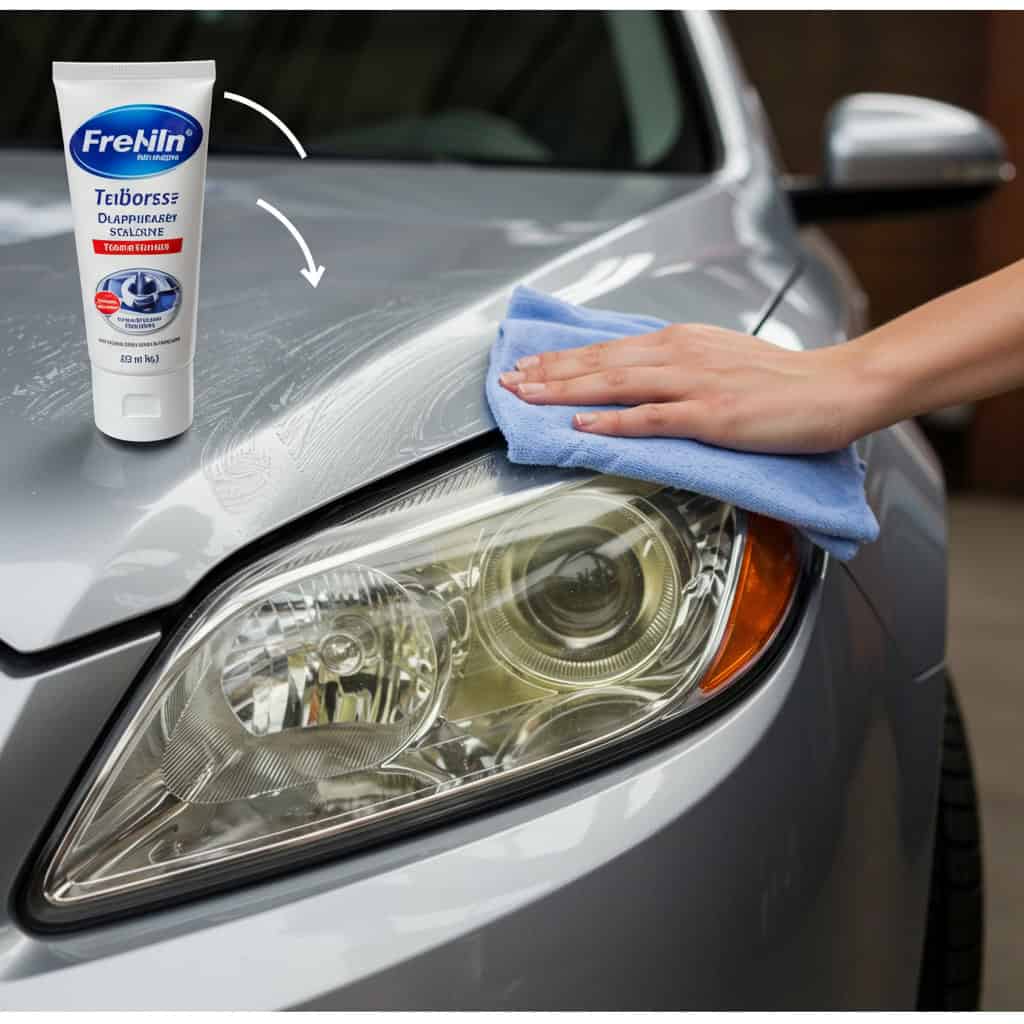
Dull or yellowed headlights can compromise nighttime visibility. Toothpaste’s mild abrasives work wonders on plastic headlight covers. Apply a small amount to a soft cloth, rub in circular motions, and rinse clean. This DIY fix often restores clarity for a fraction of the cost of replacement lenses or specialty cleaners. For a step-by-step guide and a comparison to commercial kits, visit Car and Driver.
5. Use a Foam Paintbrush for Vents
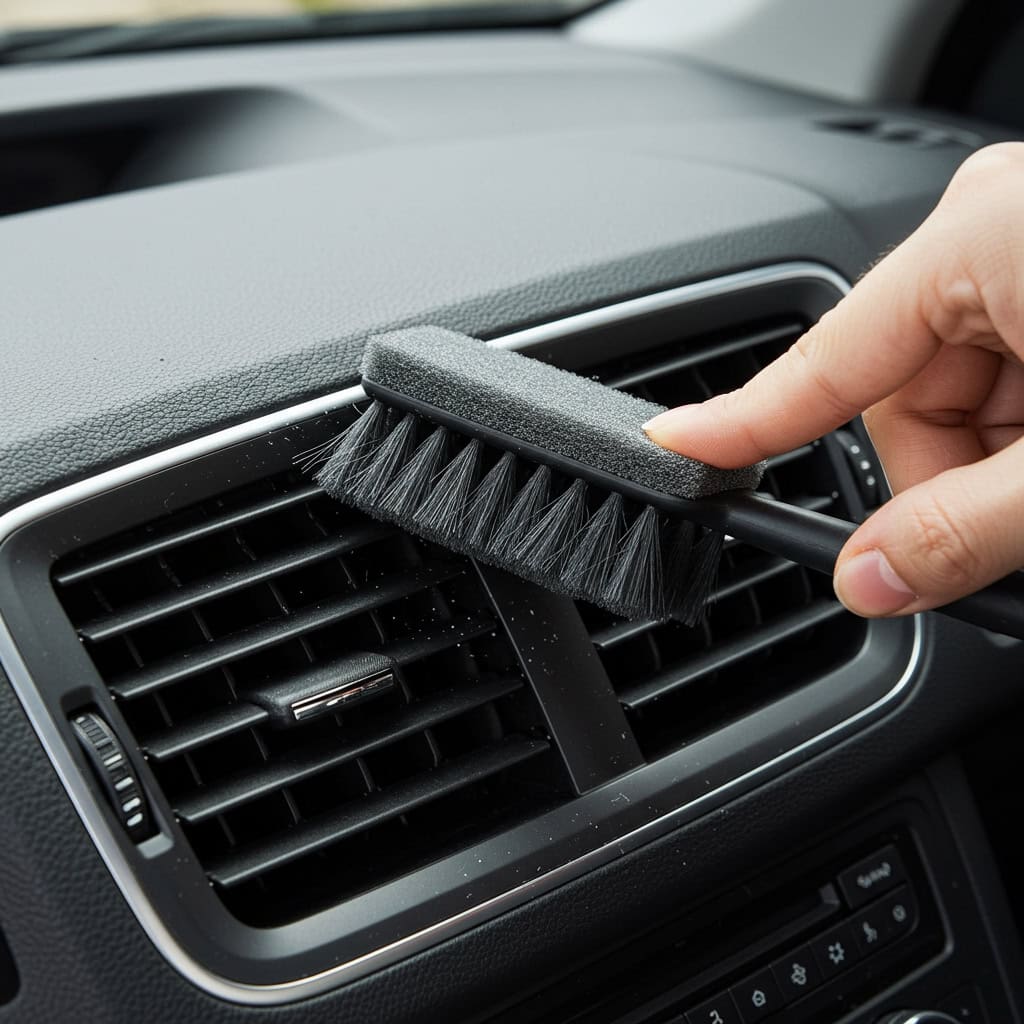
Foam paintbrushes slide easily between vent slats, removing dust and debris that settle over time. Their soft construction prevents scratching and allows for precise control. This hack is especially effective when paired with a gentle cleaning solution or compressed air for deep cleaning. Compared to cotton swabs, foam brushes cover more surface area and last longer. For additional vent-cleaning tips and expert advice, check out Family Handyman.
6. Cupcake Liners in Cup Holders
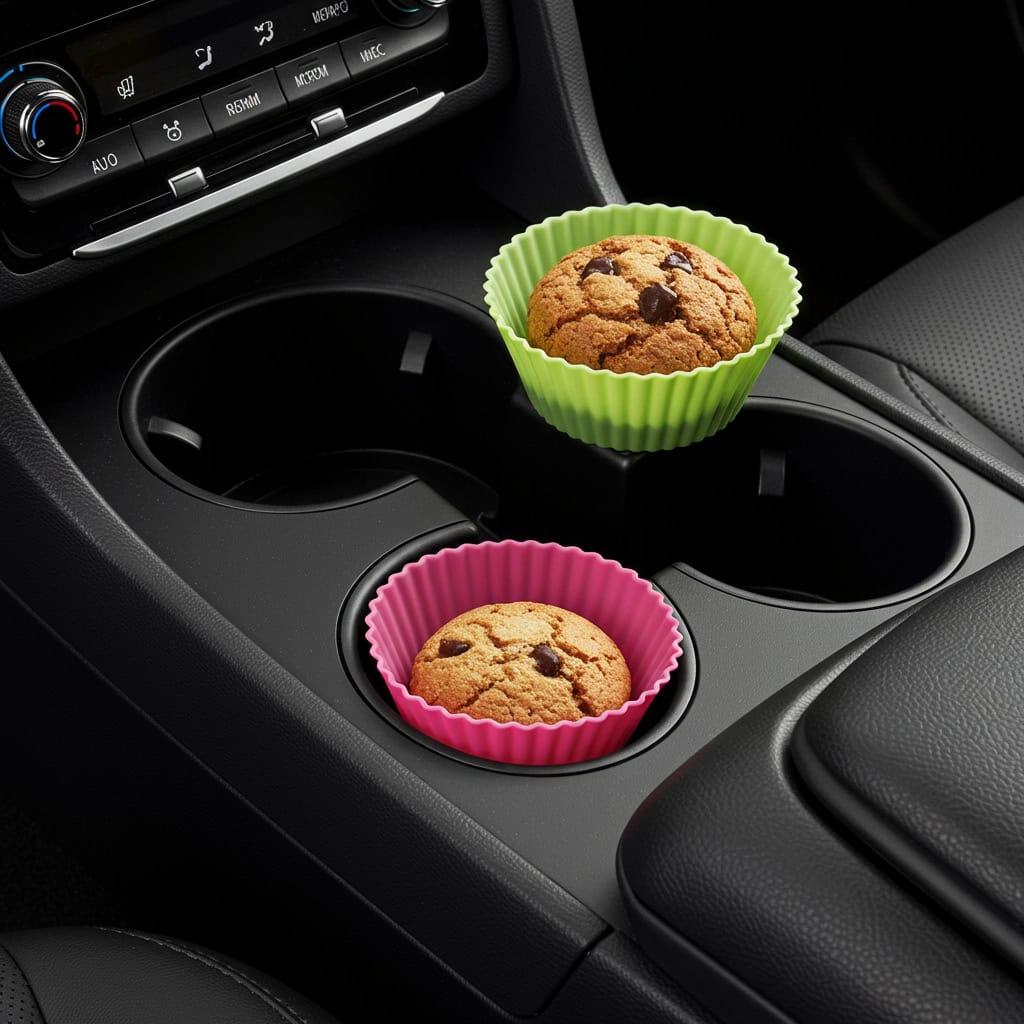
Silicone cupcake liners fit perfectly in most car cup holders, catching crumbs, drips, and sticky residues. They’re easy to remove and wash, making them a clever barrier against spills and dirt. This hack helps maintain cleaner cup holders and saves time during regular cleaning. Unlike paper towels or napkins, silicone liners are reusable and eco-friendly. For more creative uses of household items in car maintenance, visit Good Housekeeping.
7. DIY Dashboard Polish with Olive Oil
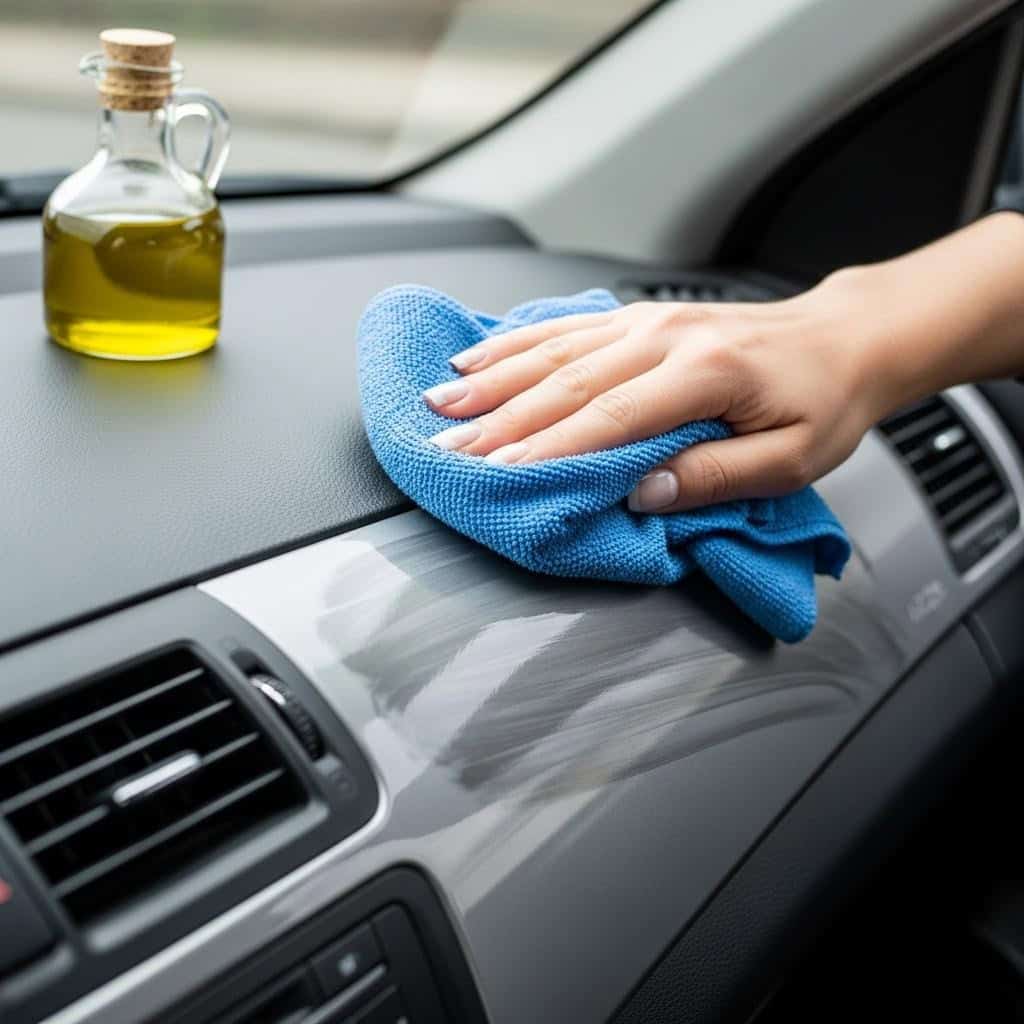
A small amount of olive oil on a microfiber cloth can make your dashboard shine and help repel dust. Gently buff the surface for a subtle, non-greasy finish. Olive oil is a natural alternative to chemical polishes and is safe for most plastic and vinyl surfaces. Be sure to use sparingly to avoid buildup. For a comparison of homemade vs. store-bought dashboard cleaners and more tips, visit The Spruce.
8. Compressed Air for Hard-to-Reach Areas
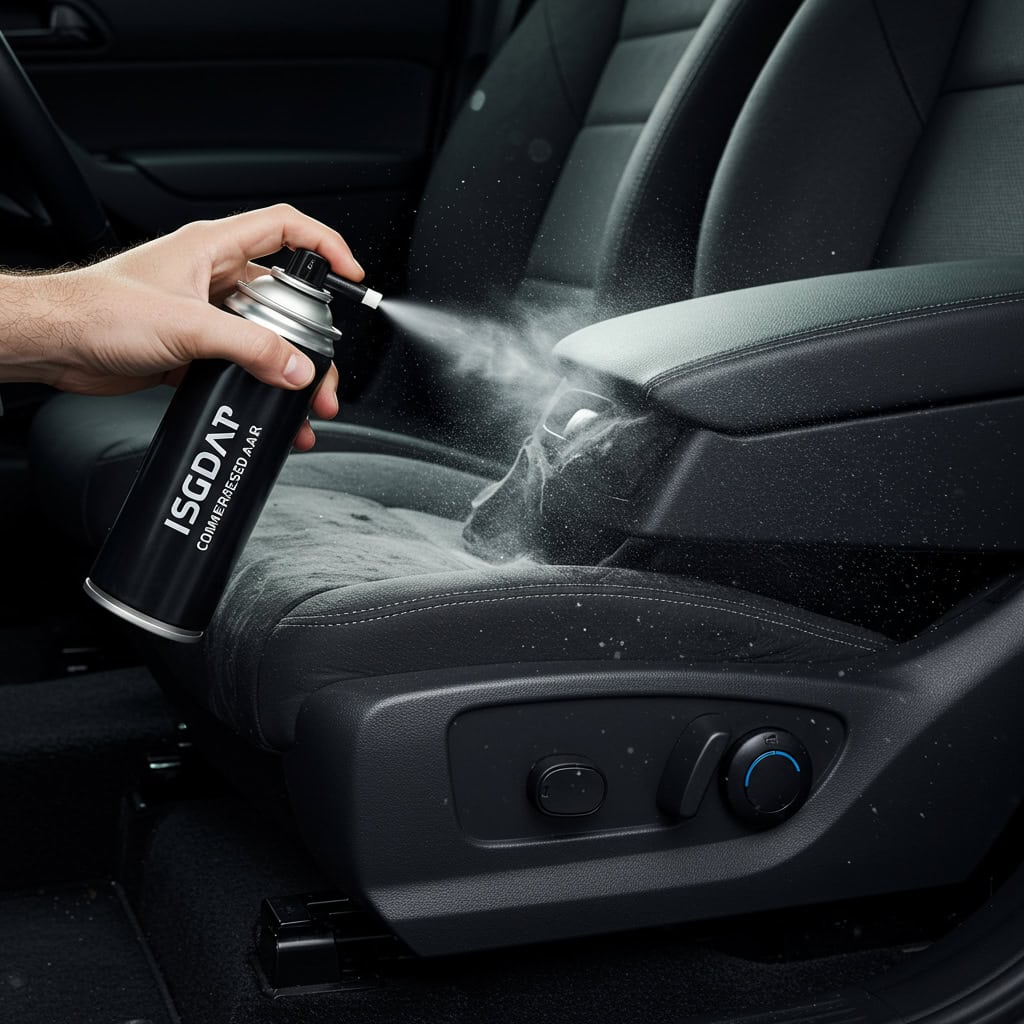
A can of compressed air can blast dust and crumbs from tricky spots like keyboard buttons, seat rails, and under seats. This method is especially helpful for reaching places where vacuums and brushes can’t go. Compressed air is a favorite tool of professional detailers for its effectiveness and convenience. For safe usage tips and alternatives, refer to Popular Science.
9. Lint Roller for Cloth Seats and Carpets
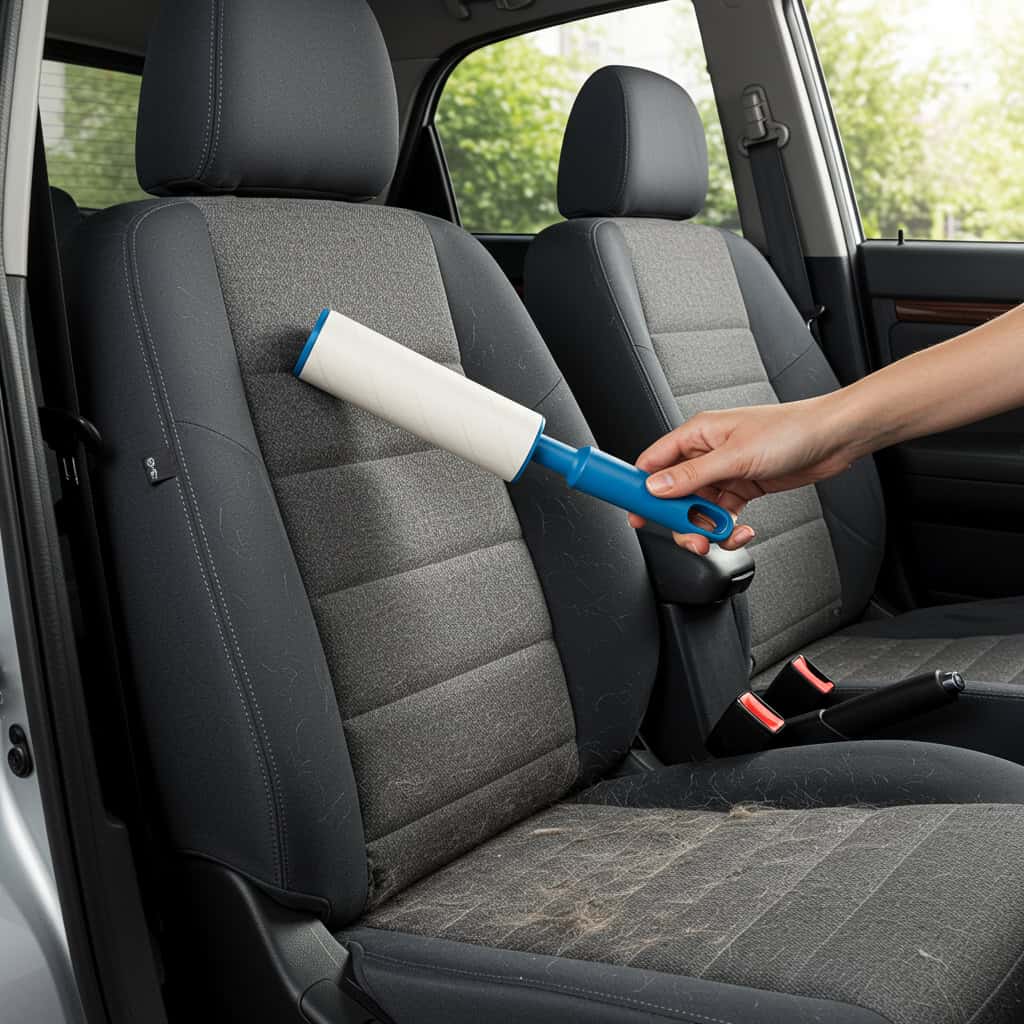
A lint roller quickly picks up pet hair, dust, and small debris from fabric seats, mats, and carpets. It’s faster than vacuuming for light cleaning and especially useful for pet owners or after outdoor adventures. Unlike vacuums, lint rollers reach into seams and folds with ease. For more expert advice on fabric cleaning and maintaining your car’s interior, visit Consumer Reports.
10. Remove Stickers and Residue with Rubbing Alcohol
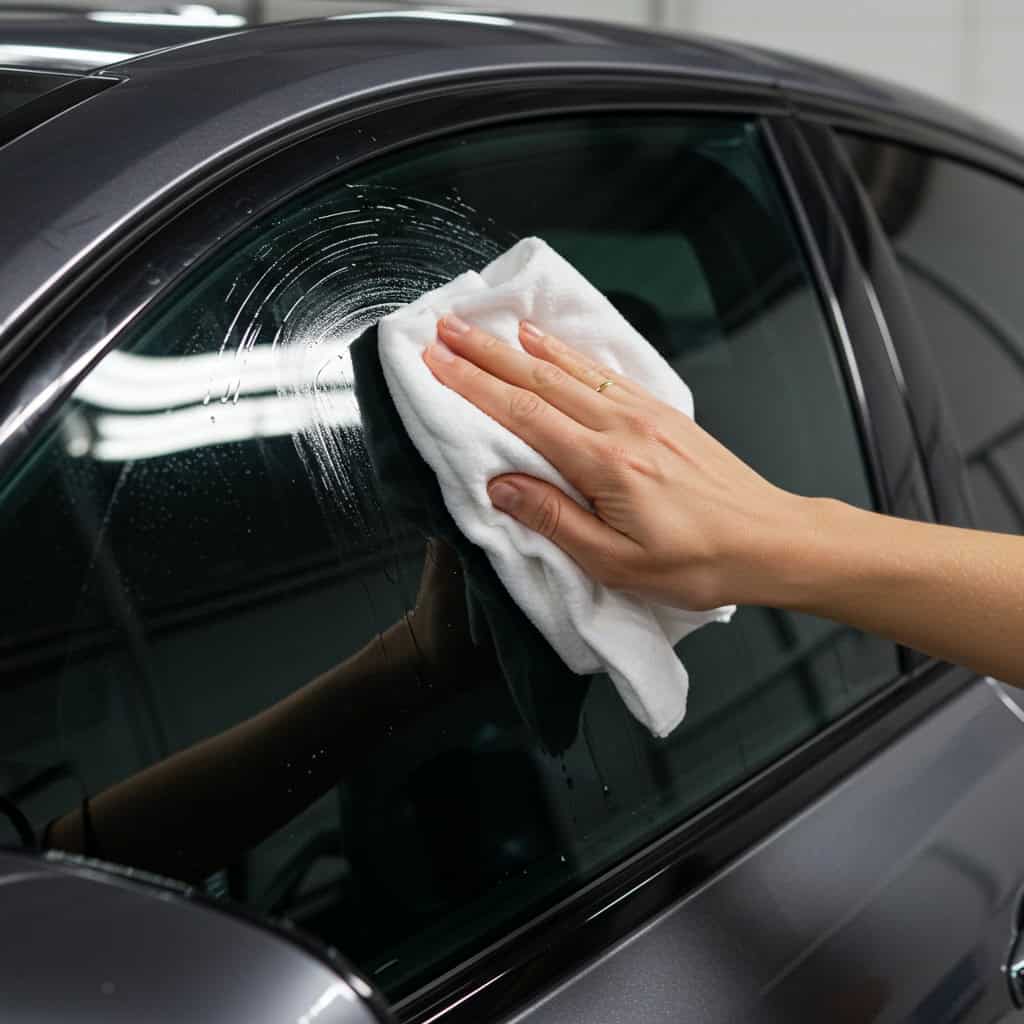
Old parking permits or bumper stickers can leave sticky residue on glass and paint. Rubbing alcohol dissolves adhesive without damaging most surfaces. Apply to a cloth and gently rub until the residue lifts. This is a safer and less abrasive method compared to scraping or using harsh solvents. For best practices and safety information, check AutoZone’s guide.
11. Keep Trash at Bay with a Small Bin
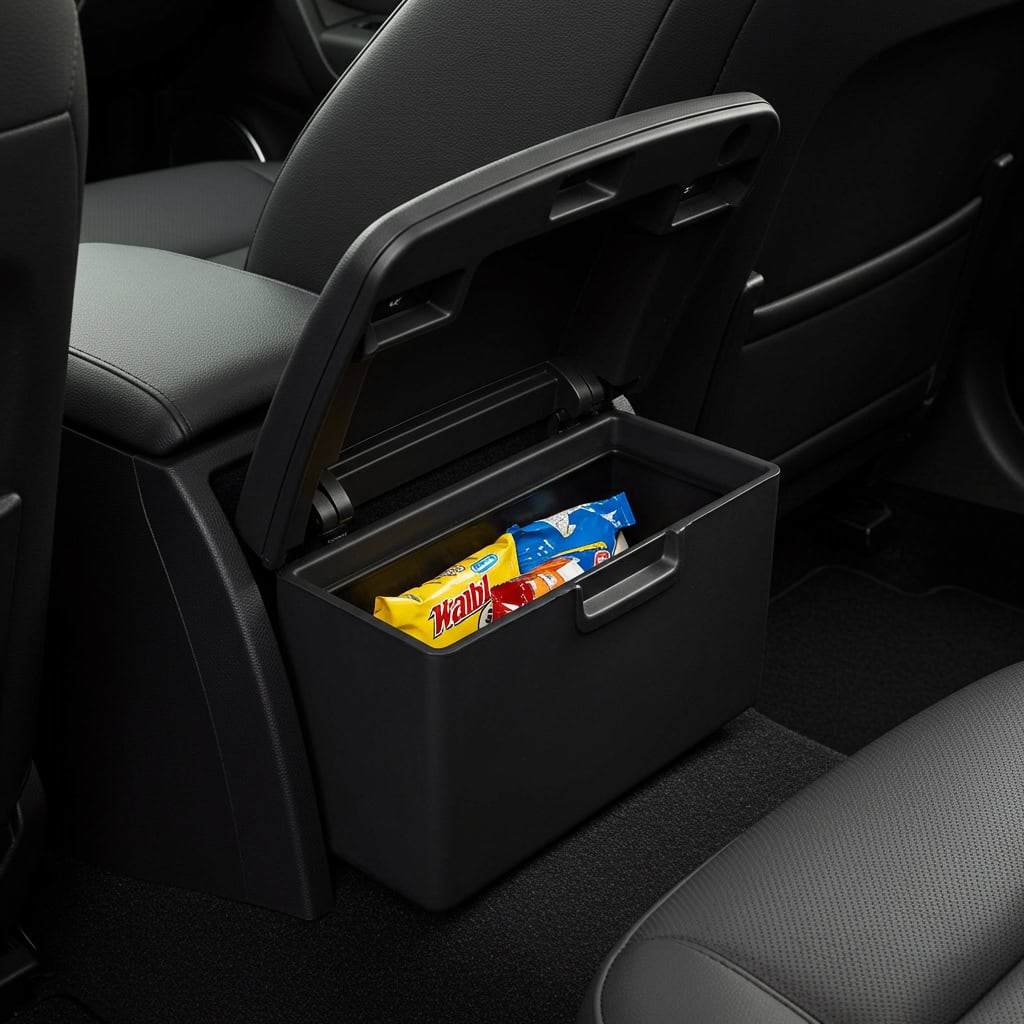
A small, lidded bin or repurposed plastic container helps collect wrappers, receipts, and other debris, preventing clutter from accumulating. Place it in a convenient spot, such as behind the center console or in the footwell. This simple addition makes regular cleanouts easier and keeps your car looking tidy. For more ideas on car organization and maintaining a clutter-free vehicle, visit Real Simple.
12. Rain Repellent for Windows
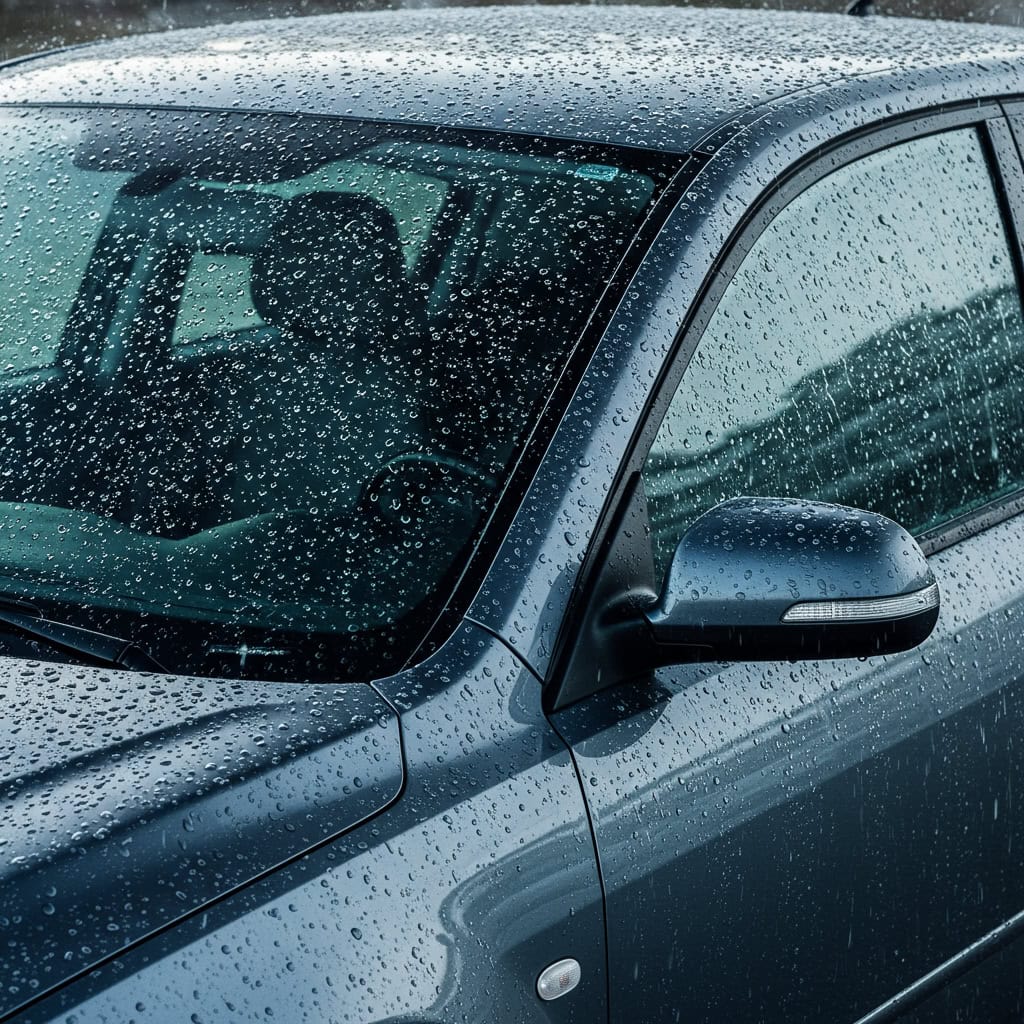
Applying a rain-repellent solution to your windshield and side windows helps water bead and roll off, reducing streaks and improving visibility. Some drivers use commercial products, while others opt for DIY alternatives like diluted vinegar. This treatment also makes future cleaning easier by preventing buildup. To find a review of popular rain repellent products and learn more about their effectiveness, visit CNET.




